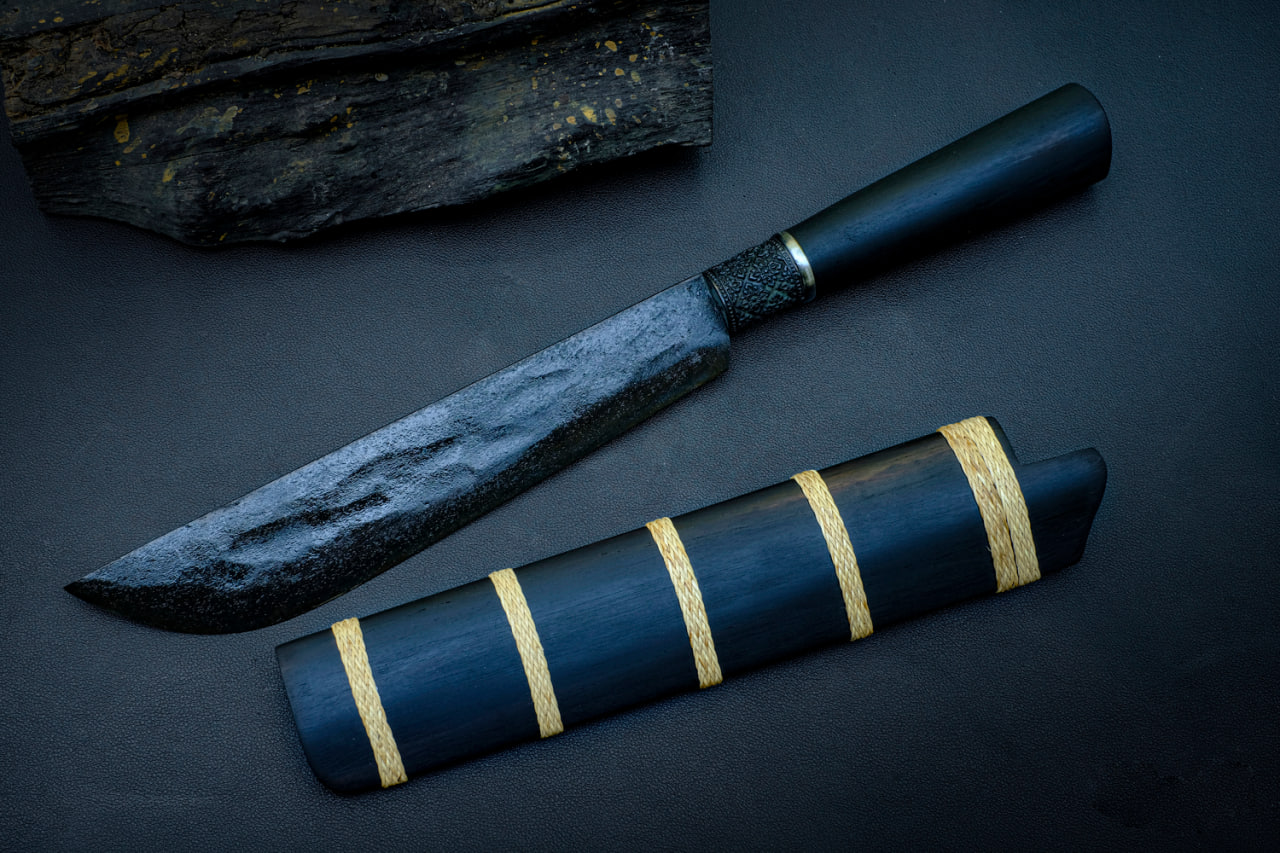Forging knives is a timeless craft that combines artistry, precision, and technical skill. For beginners, understanding the fundamental techniques is essential to developing both confidence and competence at the forge. From selecting the right materials to mastering basic forging and finishing processes, each step lays the foundation for creating functional and beautiful blades.
Choosing the Right Steel
The first step in forging is selecting the proper steel. Steel types vary in hardness, flexibility, and ease of shaping. High-carbon steels are favored for their edge retention and ease of sharpening, while stainless steels offer corrosion resistance and low maintenance. Beginners should start with a steel that balances workability and durability, ensuring that initial mistakes are manageable while still producing a strong, functional blade.
Knowing the properties of the chosen steel is crucial. Understanding how it reacts to heat, pressure, and quenching allows beginners to anticipate changes during forging, reducing the likelihood of cracks or warping. Steel selection also influences the final blade’s performance, weight, and aesthetics.
Heating and Preparing the Metal
Proper heating is the foundation of successful forging. Steel must be heated evenly in a forge until it reaches a workable temperature, typically indicated by a glowing orange-red hue. Maintaining the correct heat allows the metal to be shaped without cracking or becoming brittle.
Before shaping, it’s important to clean and prepare the steel. Removing surface impurities and scale ensures that each hammer strike affects the metal evenly. Beginners should learn to recognize the ideal forging temperature and maintain consistent heat, as fluctuating temperatures can compromise both structure and finish.
Hammering and Shaping
Hammering is the core of forging, transforming raw steel into a functional blade. This process requires precision, control, and rhythm. Beginners should focus on consistent, controlled strikes, striking the metal at the correct angle to shape the blade evenly.
Different hammering techniques produce varied effects. Straight hammering elongates and thins the steel, while diagonal or angled strikes help form curves or bevels. Learning to visualize the final shape while hammering develops spatial awareness and muscle memory, essential skills for every bladesmith.
Forming the Edge
Creating a sharp, functional edge is a critical step. Beginners start by tapering the blade using controlled hammering, gradually reducing the thickness near the edge. Careful attention to symmetry ensures a balanced, aesthetically pleasing blade.
The edge formation process also introduces the concept of bevel angles. Understanding the appropriate angle for different knife types—chef’s knives, hunting knives, or utility blades—affects cutting performance, durability, and ease of sharpening. Practicing consistent edge formation early builds the foundation for more advanced bladesmithing techniques.
Heat Treatment and Hardening
Heat treatment strengthens the blade and defines its final characteristics. After shaping, the steel is reheated to a specific temperature, then quenched in oil or water to harden the metal. This process transforms the internal structure, making the blade durable and resilient.
Proper quenching technique is vital for beginners. Rapid or uneven cooling can cause cracks or warping. Following quenching, tempering reduces brittleness while maintaining hardness, balancing flexibility and toughness. Mastering heat treatment is essential for producing a blade that is both functional and long-lasting.
Grinding and Finishing
After forging and heat treatment, the blade requires grinding and finishing. This process refines the shape, removes hammer marks, and establishes the final bevel. Beginners should learn to work with grinding tools carefully, gradually refining the edge and surface to achieve smoothness and precision.
Polishing and finishing not only enhance aesthetics but also improve functionality. A well-finished blade is easier to clean, sharper, and more durable. Adding a handle, guard, or other attachments completes the transformation from raw steel to a finished knife.
Safety and Workspace Practices
Bladesmithing involves high heat, heavy tools, and sharp edges, making safety paramount. Beginners should wear protective gear, including gloves, goggles, and aprons, and maintain a clean, organized workspace. Understanding the proper use of hammers, tongs, and forges reduces accidents and promotes effective forging practices.
Safety also includes awareness of material hazards. Steel can splinter, sparks can fly, and quenching liquids can ignite if mishandled. Developing safe habits early ensures that bladesmithing remains a rewarding and injury-free craft.
Developing Skill Through Practice
Forging knives is a discipline that improves with repetition and observation. Beginners benefit from starting with simple projects, focusing on consistency and technique rather than complexity. Each blade forged teaches lessons in material behavior, precision, and patience.
Documenting processes, testing different techniques, and reflecting on results helps build knowledge and confidence. Over time, beginners progress to more intricate designs, custom features, and artistic expression, turning foundational skills into mastery.




